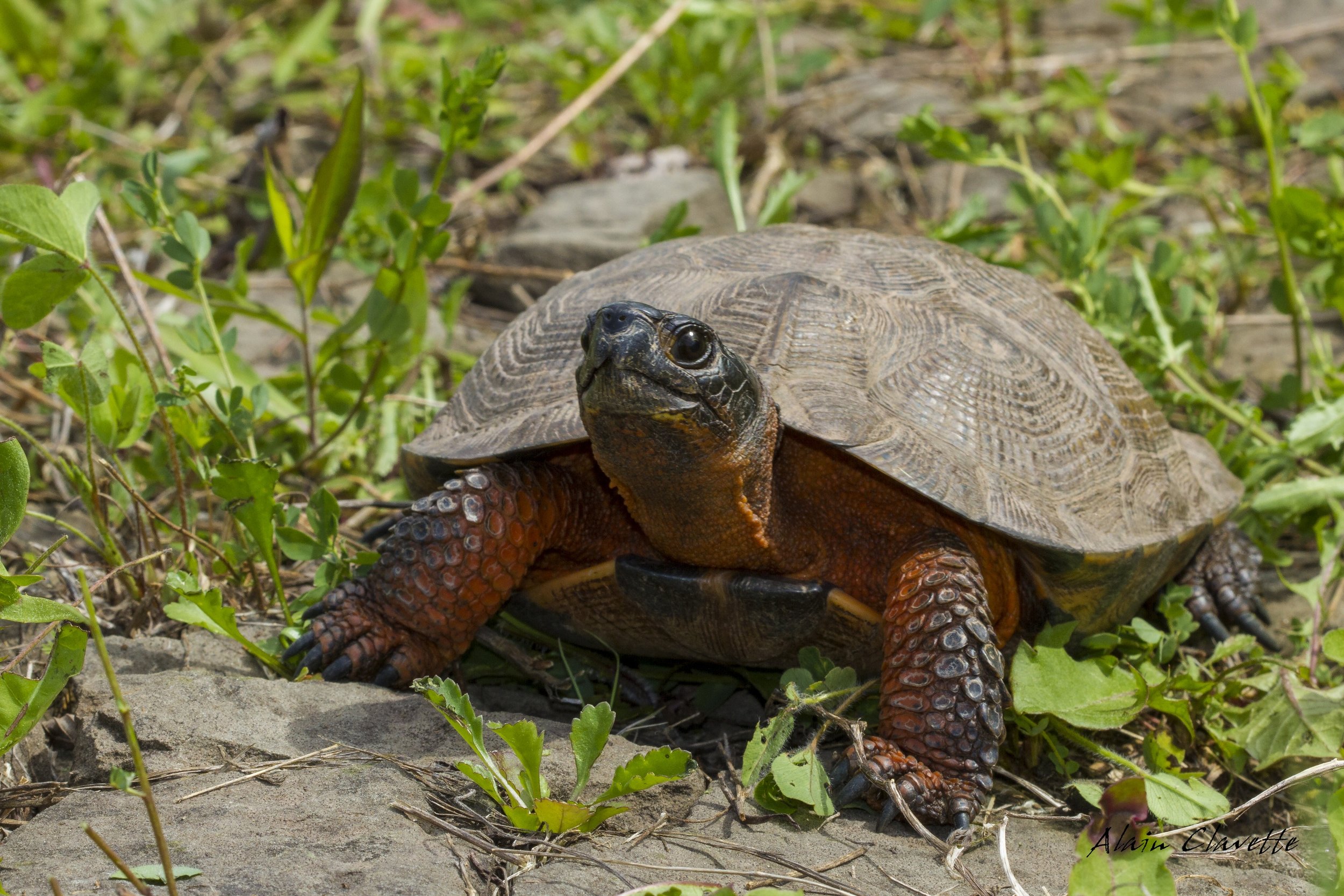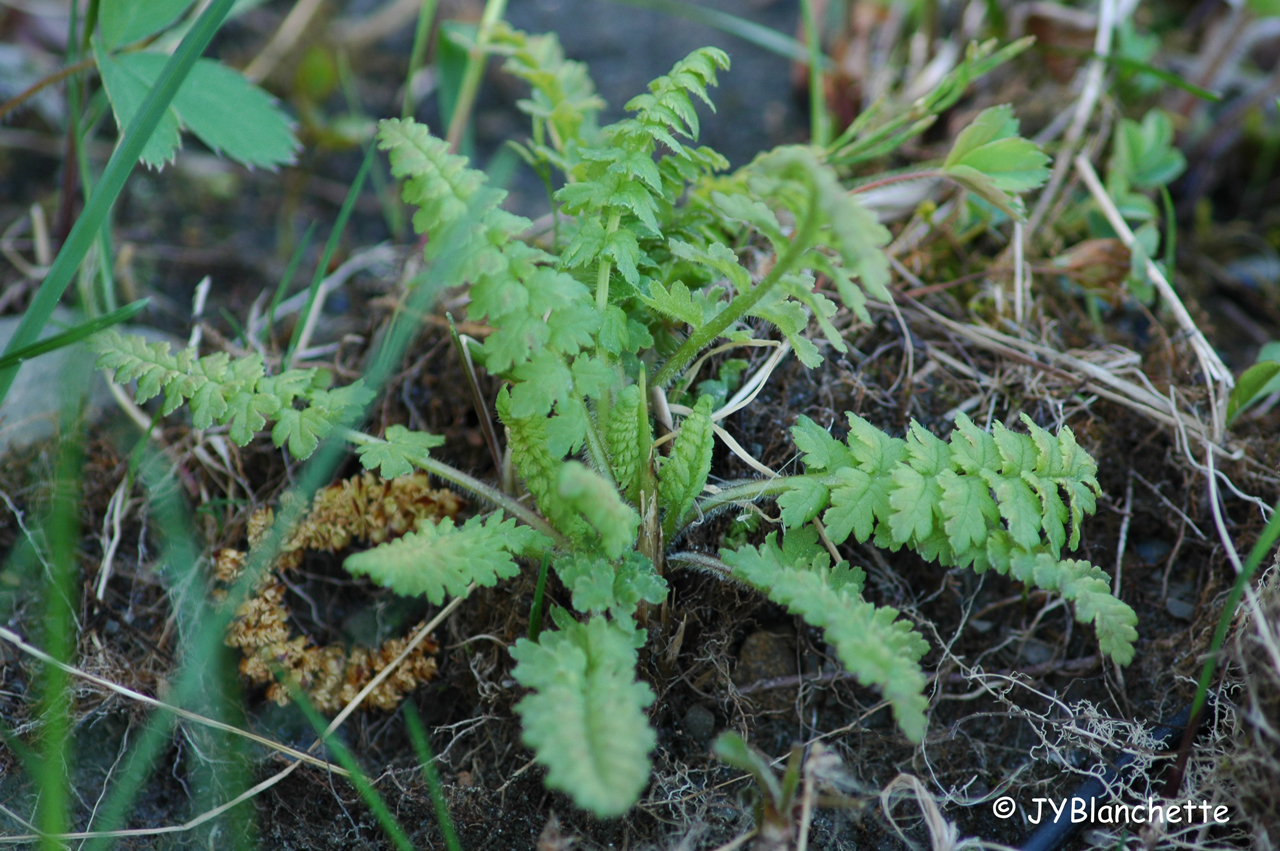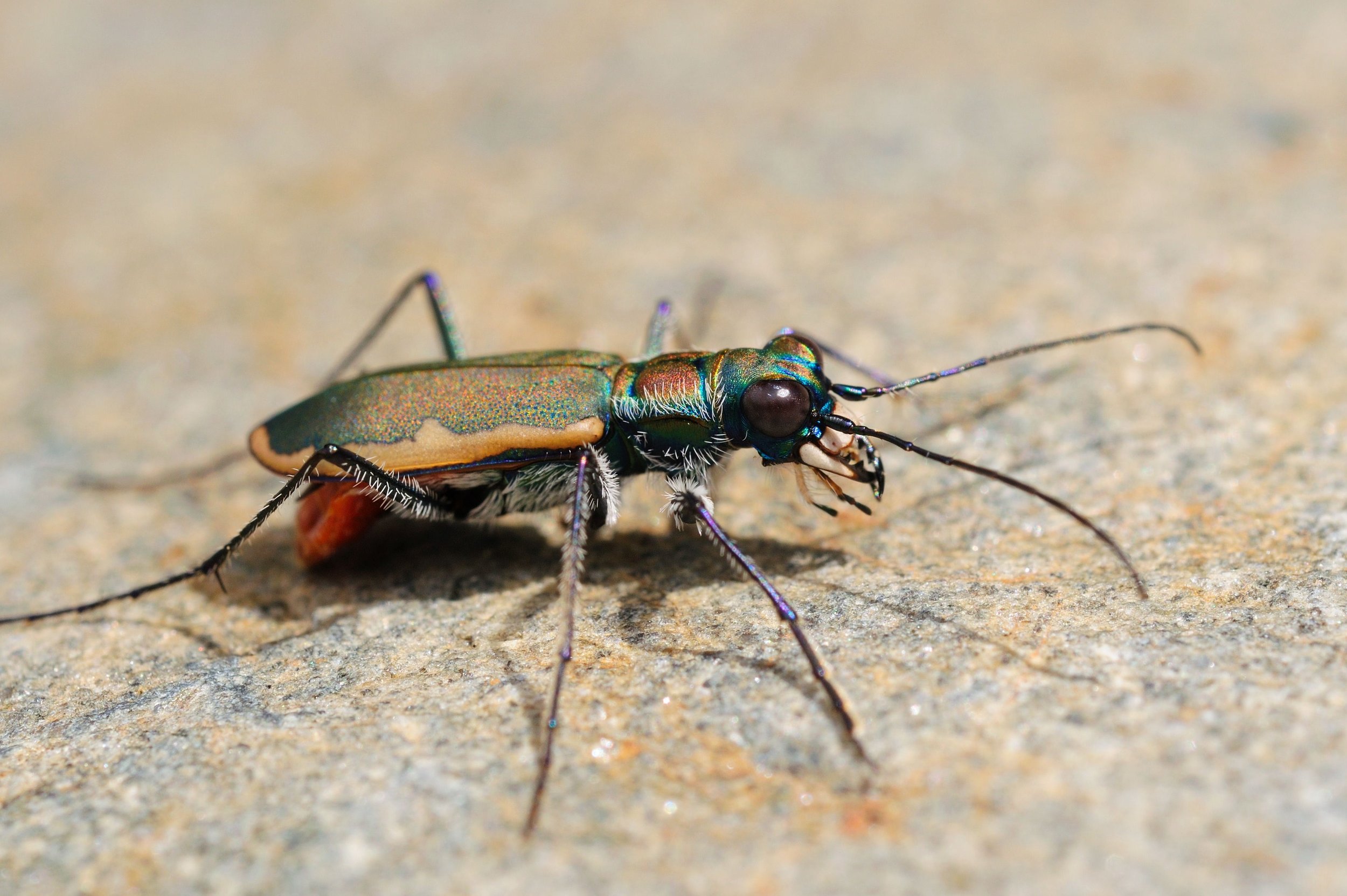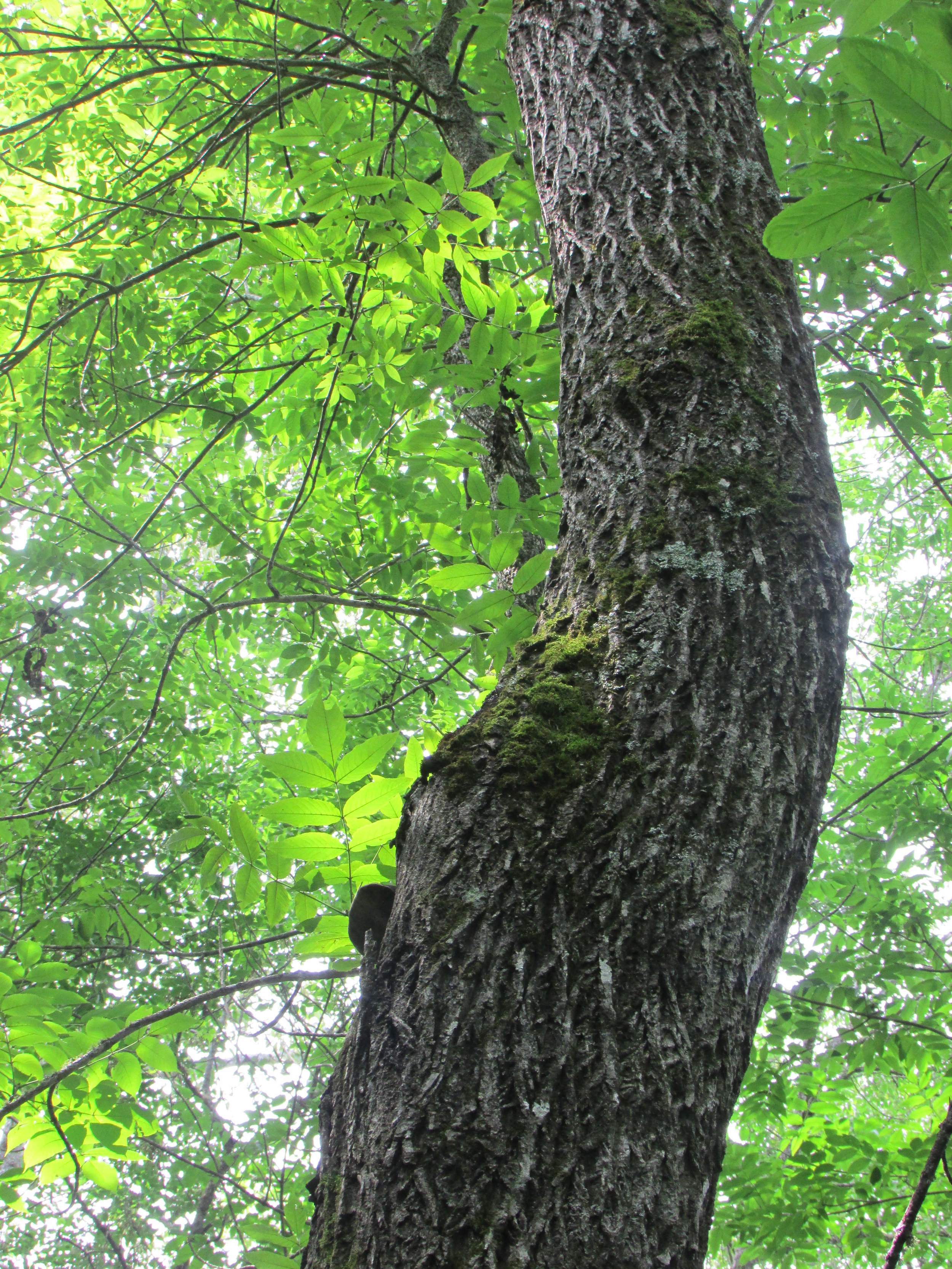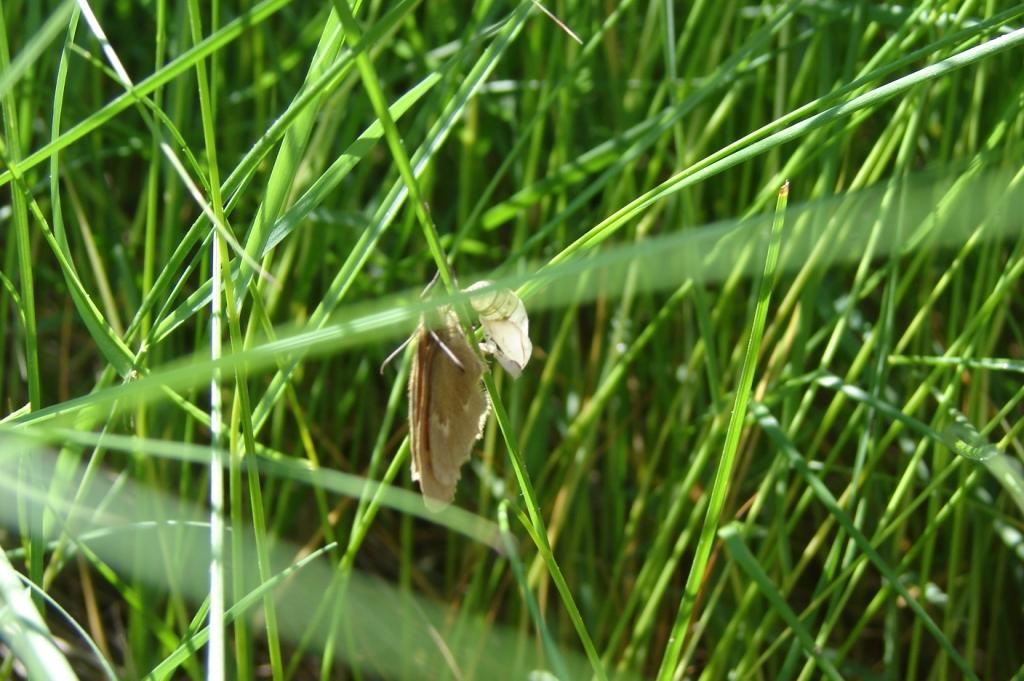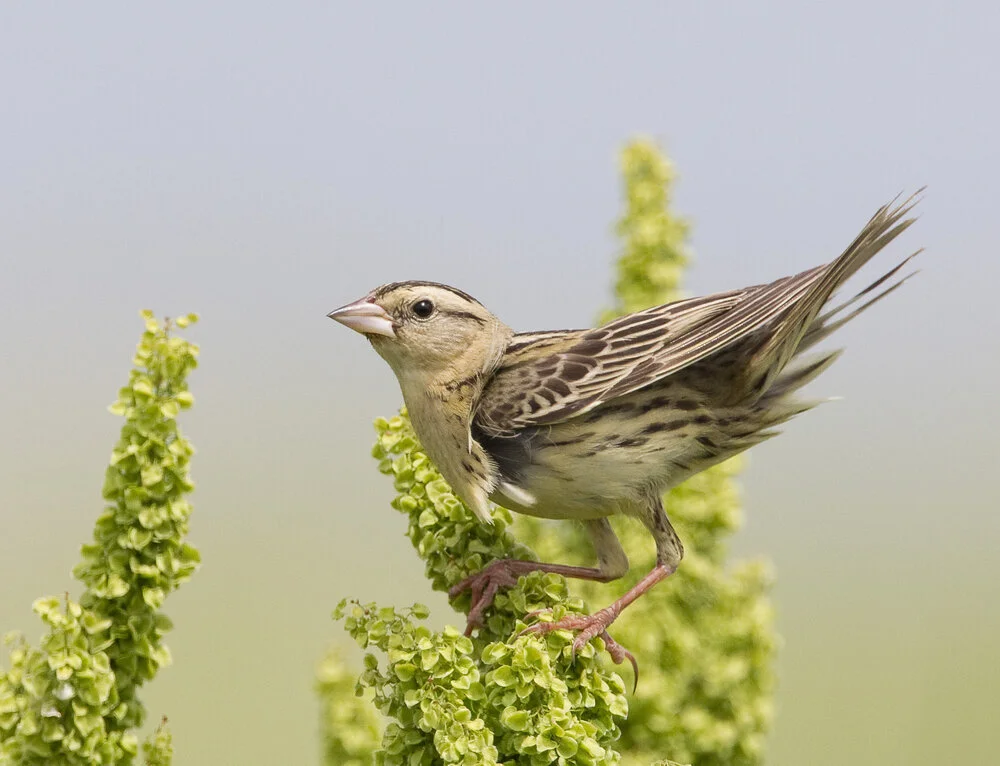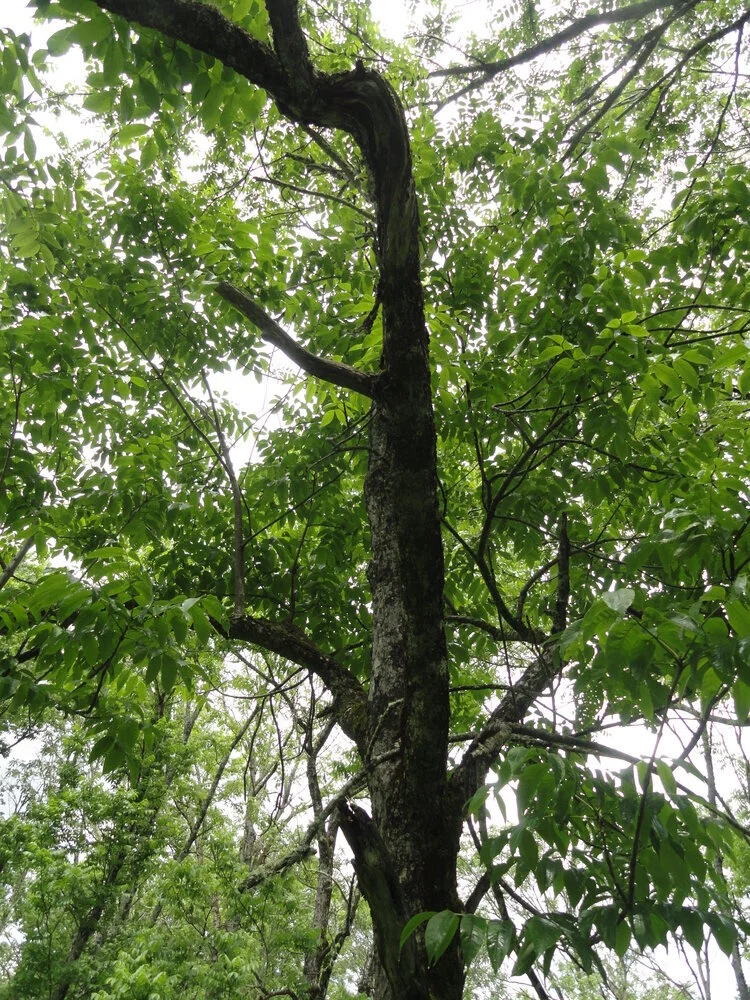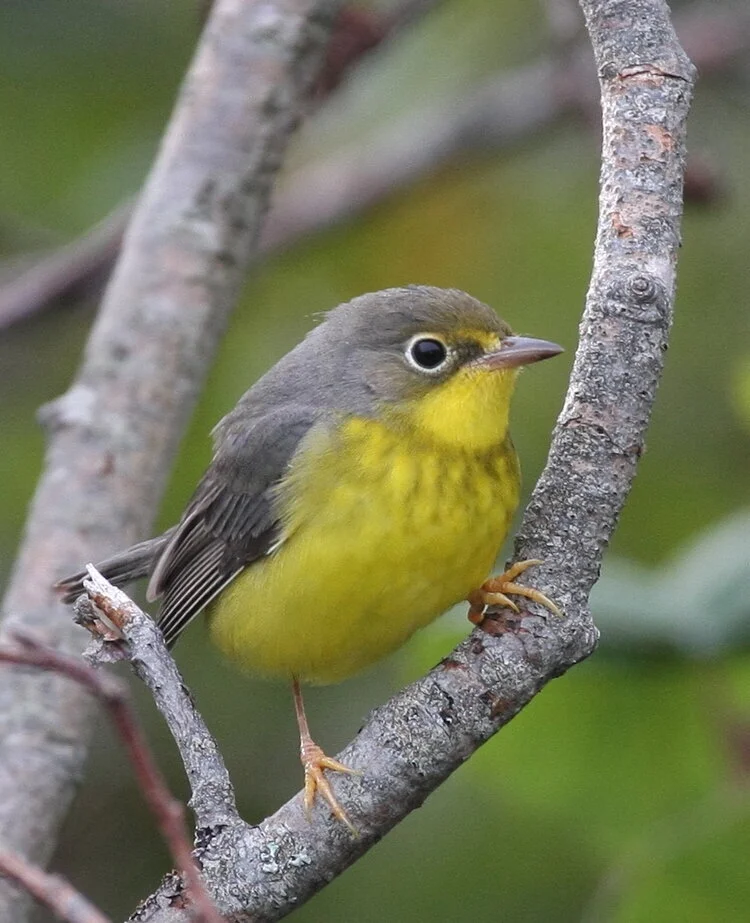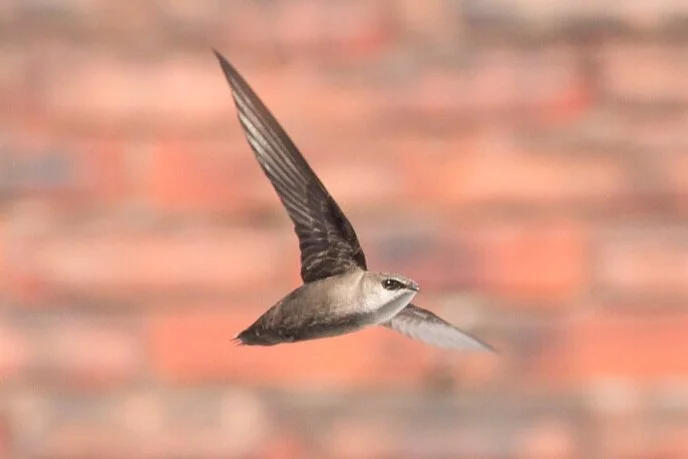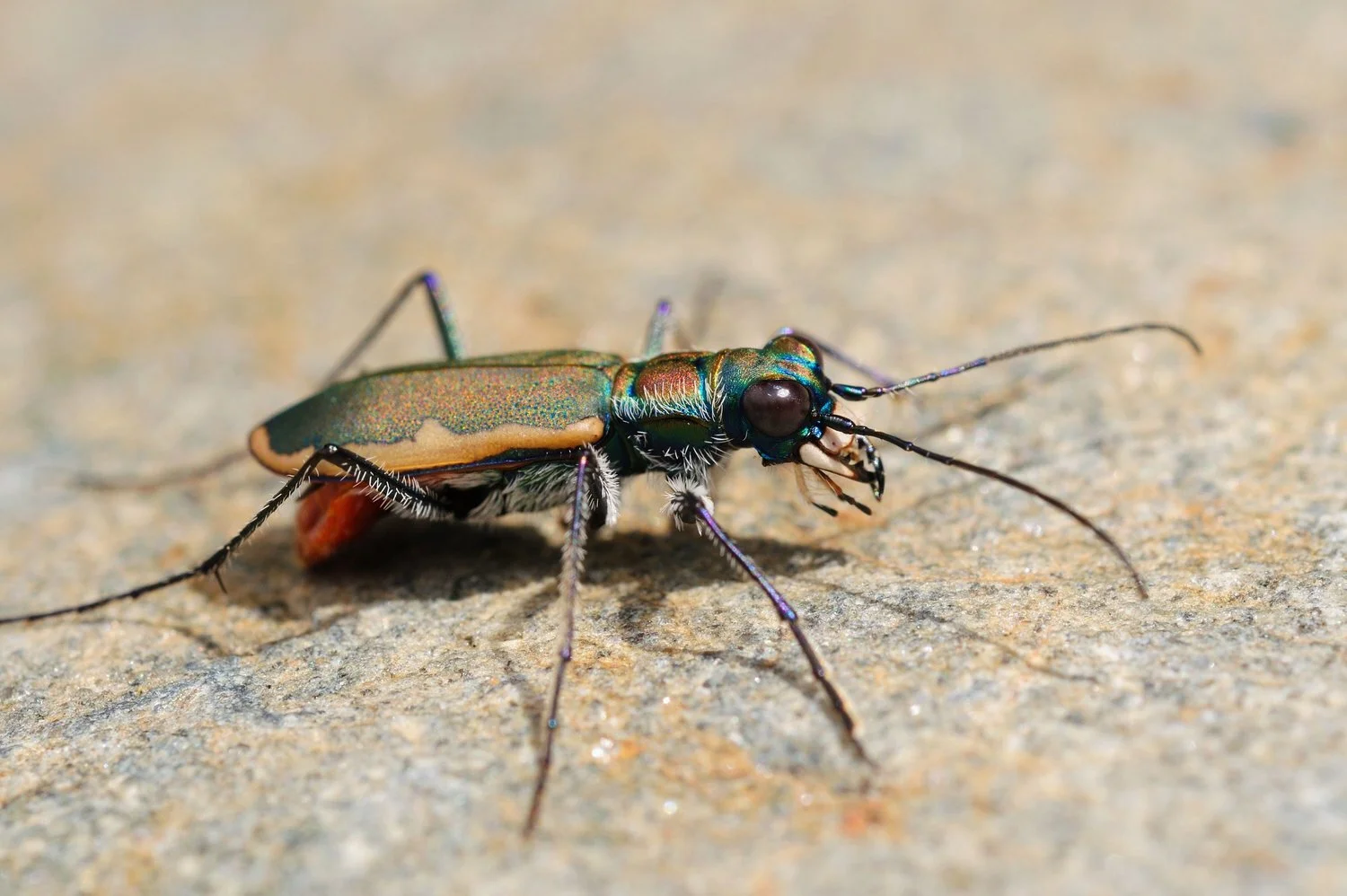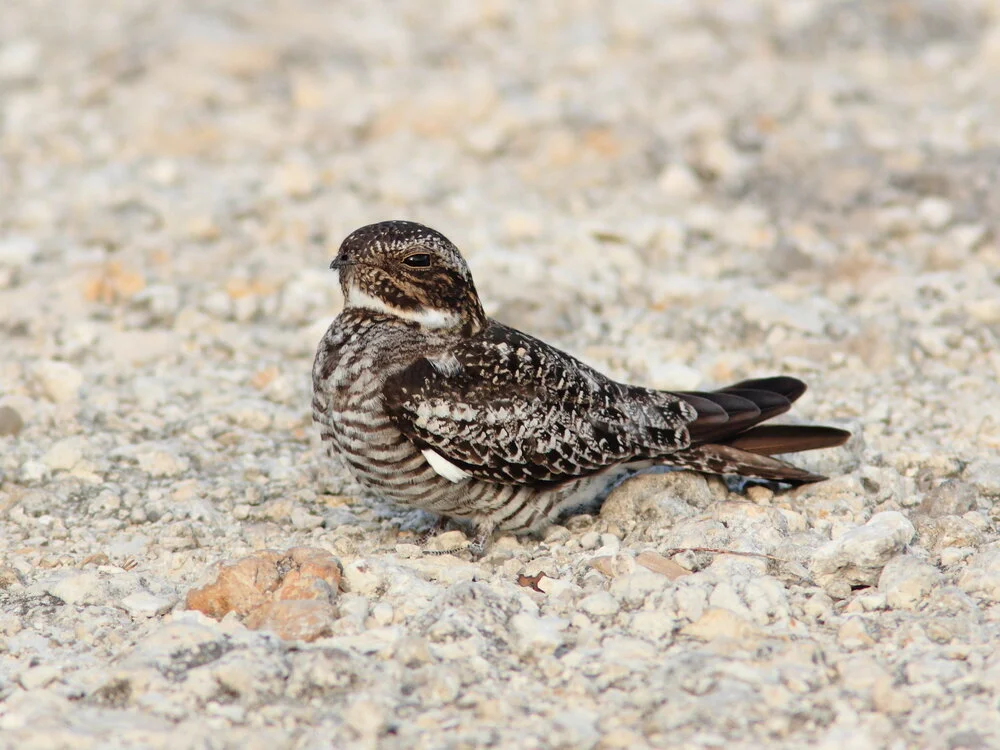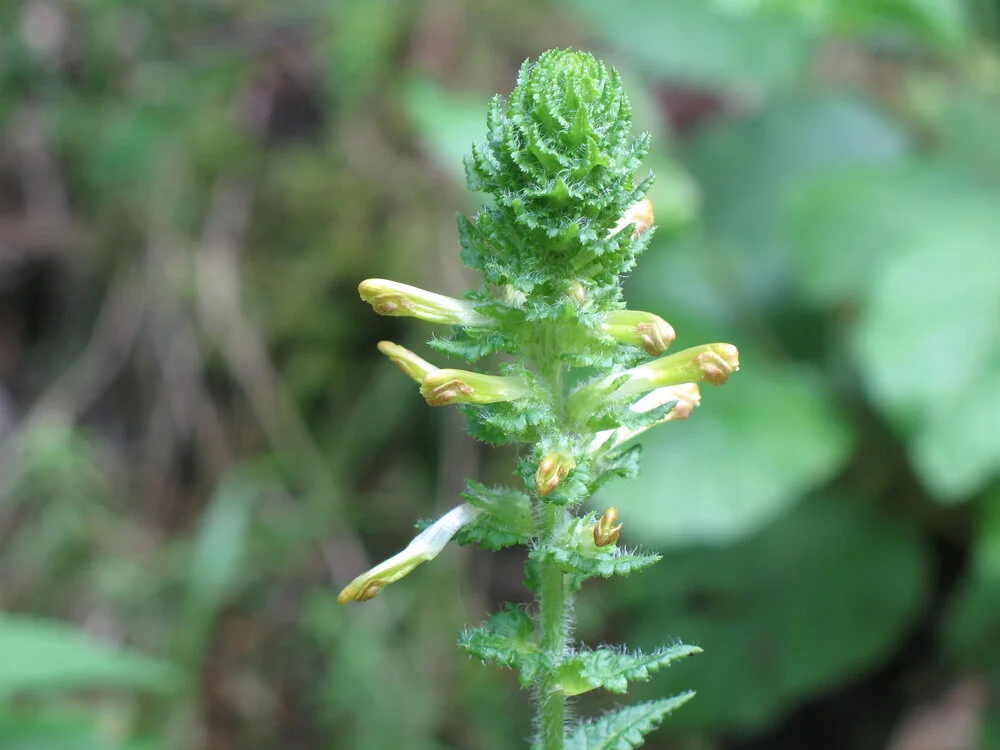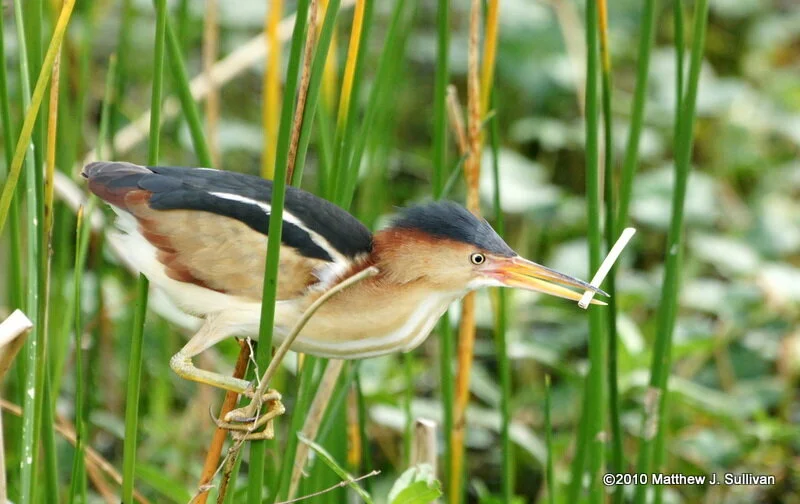ENDANGERED SPECIES, ALSO KNOWN AS SPECIES AT RISK (SAR), ARE THE PLANTS, ANIMALS, INSECTS, AND OTHER SPECIES THAT ARE AT-RISK OF EXTIRPATION OR EXTINCTION FROM THEIR NATURAL HABITAT IN CANADA.
This means that without some form of action, they could disappear from Canada or the entire planet.
The reasons that wildlife species become in danger of extinction are complicated, and the process of figuring out what needs to be done to save each species is equally complex. This work requires a collaborative effort from scientists, governments, conservationists, and even Canadian citizens.
WHO IS RESPONSIBLE FOR DOING THIS WORK?
In Canada, species identified as ‘at-risk’ are protected by federal, provincial and territorial laws. Canada’s Species at Risk Act (SARA) is the key piece of federal legislation that outlines how to protect the species that are deemed at-risk of extinction or extirpation. Species are designated ‘at-risk’ by the Committee on the Status of Endangered Wildlife in Canada (COSEWIC), a committee of experts guided by the Species at Risk Act who use scientific research and expertise to assess the current level of risk to species in Canada.
In New Brunswick, the Nature Trust and other conservation organizations work with Species at Risk biologists from the Government of Canada and the Government of New Brunswick to participate in the collective effort to recover these species from being lost in the province.
WHAT IS THE NATURE TRUST’S APPROACH TO SPECIES AT RISK?
The Nature Trust contributes to the protection and recovery of Species at Risk by conserving land needed by these species and by helping private landowners do their part in the conservation effort.
Acquiring land that supports habitat for at-risk species is a top priority for the Nature Trust; we target land for species with very specific habitat needs and whose habitat is under threat from development.
These species include:
The Nature Trust also carries out and supports on-the-ground projects to protect habitat for Species at Risk outside our nature preserves, for example by conducting assessments of Species at Risk habitat on private land, working with private landowners to help them preserve habitat on their land, and increasing awareness of the presence of at-risk species in certain areas.
LIVING WITH ENDANGERED SPECIES
Species at Risk are found in New Brunswick’s forests and wetlands, in our lakes, and along streams and rivers. You might even find them on your property. Perhaps you’ve seen Wood turtle or Snapping turtle out basking on a sunny day, or one of the birds you hear in your woodlot is actually the Threatened Wood thrush or an Eastern wood peewee. How you care for your land can have an impact on the survival of at-risk species like these.
Having at-risk species residing on your land presents you with a special opportunity to learn about and help protect those wildlife species greatly in need of help to ensure their survival.
The Nature Trust offers support to those who want to do their part for conservation through the Landowner Stewardship Program. This a voluntary program will help guide you on how to protect these features on your land and still enjoying it with your family. With a little effort, you can contribute to conservation and take pride in knowing that your efforts are making a big difference for wildlife in New Brunswick.
To find out more about Species at Risk conservation, contact our Conservation Manager, Carli Le Roux, below or by calling (506) 457-2398.


